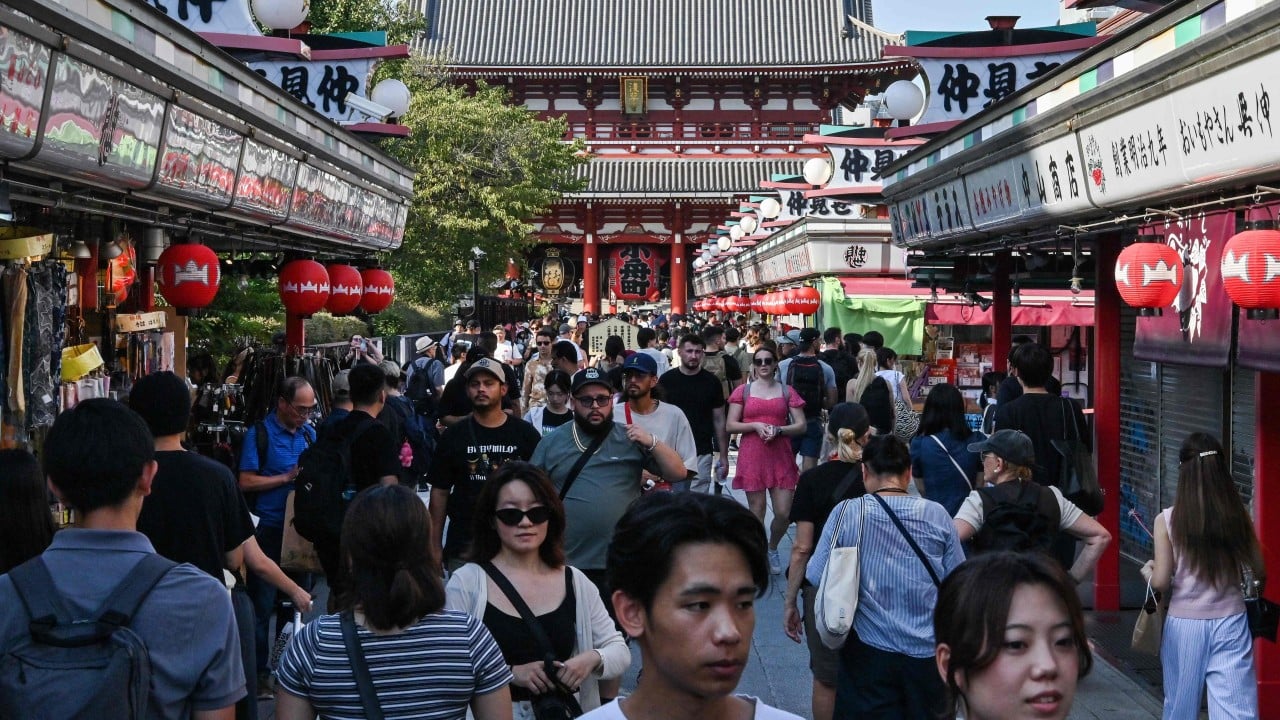For a country whose currency was once perceived by many global investors as a safe haven, the Japanese yen is in dire straits. Between March 2022 and July 2024, the yen plunged 40 per cent to its lowest level against the US dollar since 1986. Since then, Japan’s currency has been volatile, buffeted by external and domestic cross-currents.
Advertisement
The uncertain outlook for the yen is partly attributable to the acute policy dilemmas facing the Bank of Japan. The country’s central bank is under pressure to continue raising interest rates as inflation lingers above the central bank’s 2 per cent target.
While further rises in borrowing costs would help strengthen the yen, the unexpected election of Sanae Takaichi, an arch-conservative politician who favours monetary and fiscal stimulus, as leader of the ruling Liberal Democratic Party (LDP) has added to the uncertainty over the central bank’s policy stance.
Although Takaichi, who is likely to become Japan’s next prime minister, has toned down her criticism of monetary tightening, the yen has fallen 3 per cent versus the US dollar since her election as LDP president on October 4.
A persistently weak currency is prolonging the cost-of-living crisis that is partly responsible for the collapse in support for the LDP. Since Japan relies heavily on imported raw materials, food and energy, the collapse in the yen has led to dramatic price increases, sapping consumers’ purchasing power amid a decline in real wages.
Advertisement
However, the cheap yen has also made Japan a magnet for overseas tourists, underpinning the strong performance of the country’s hotel sector that has become one of the drivers of Asia’s commercial property investment market. Last year, Japan accounted for more than half of hotel transaction volumes in the Asia-Pacific, according to MSCI data.

